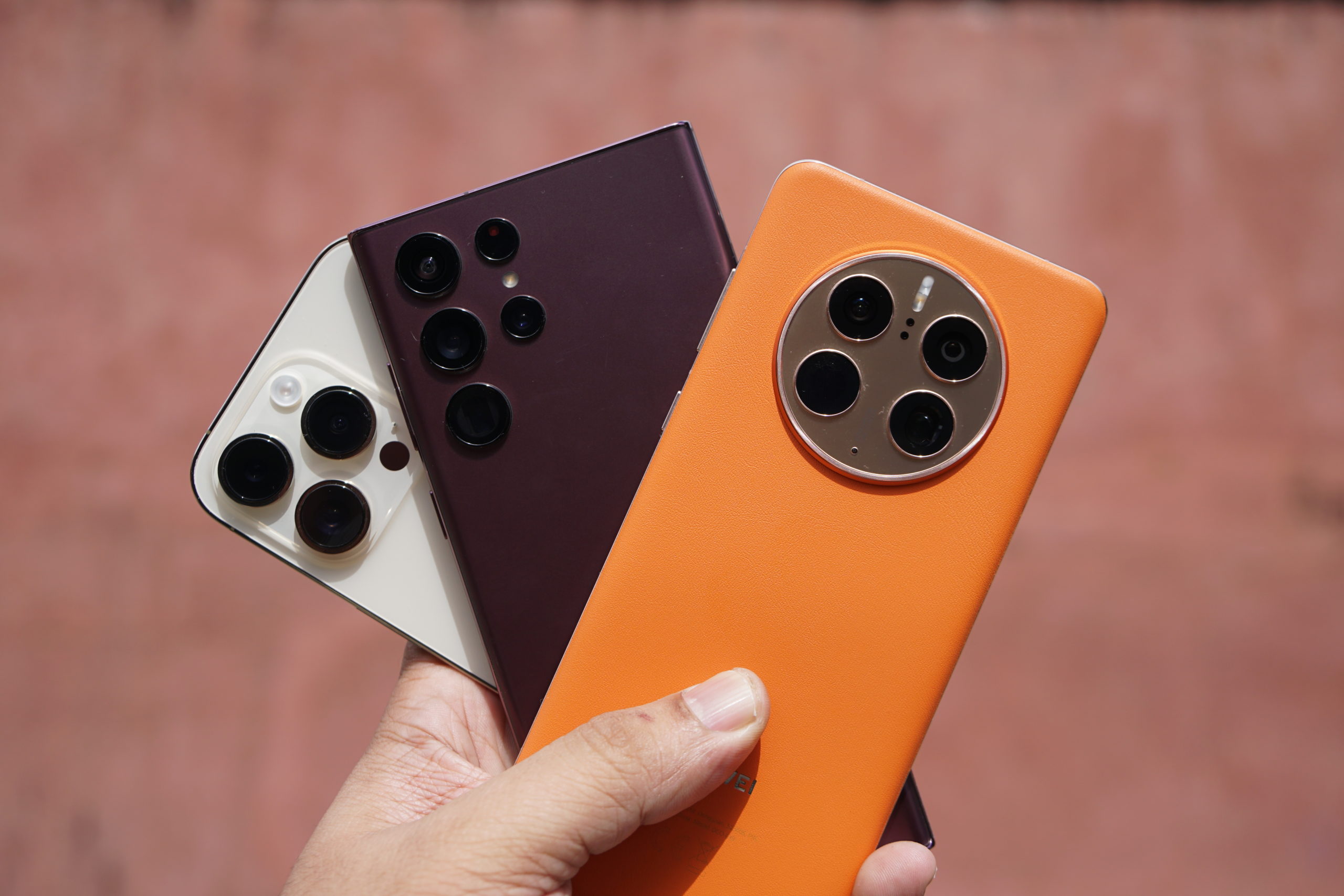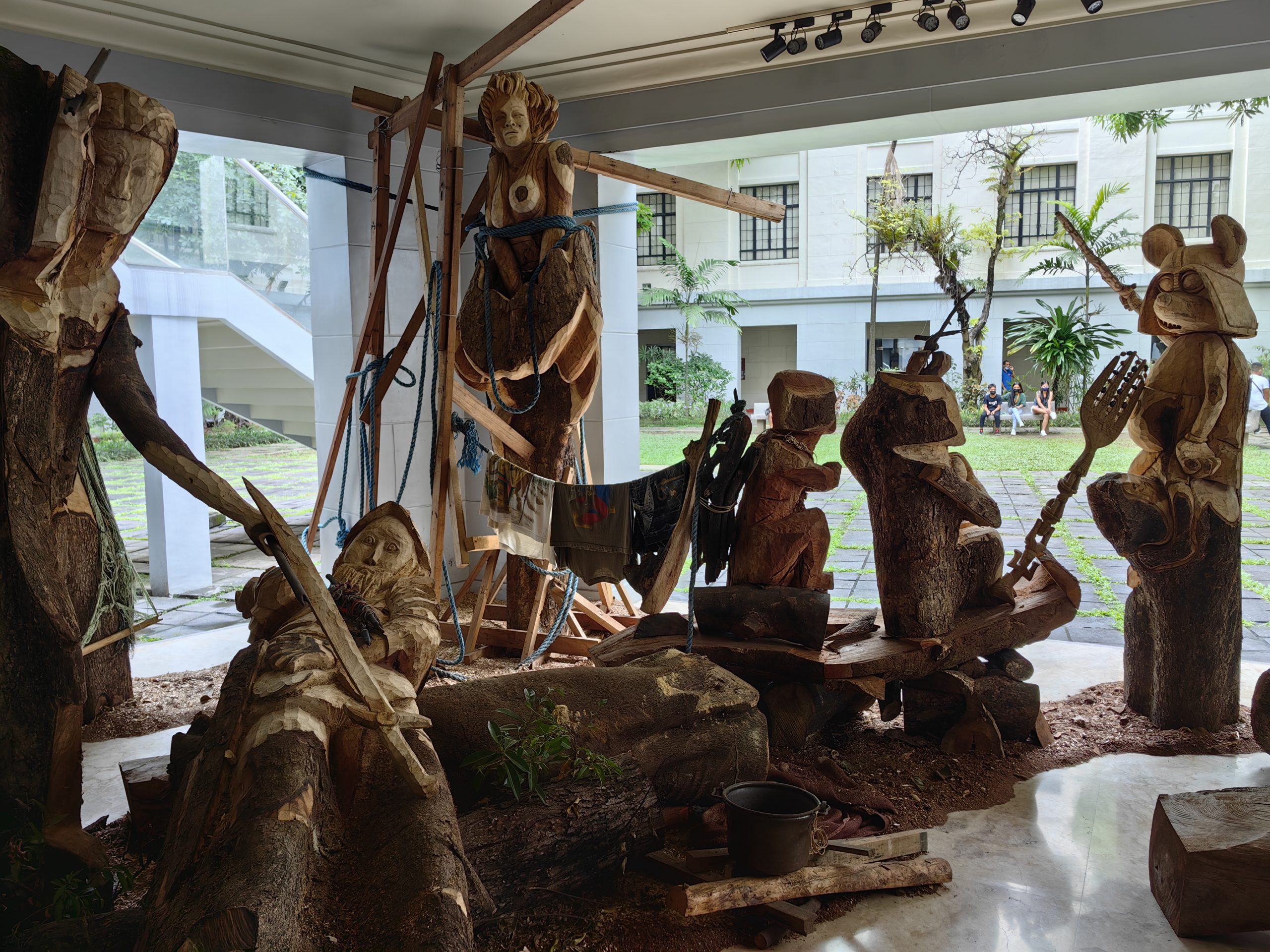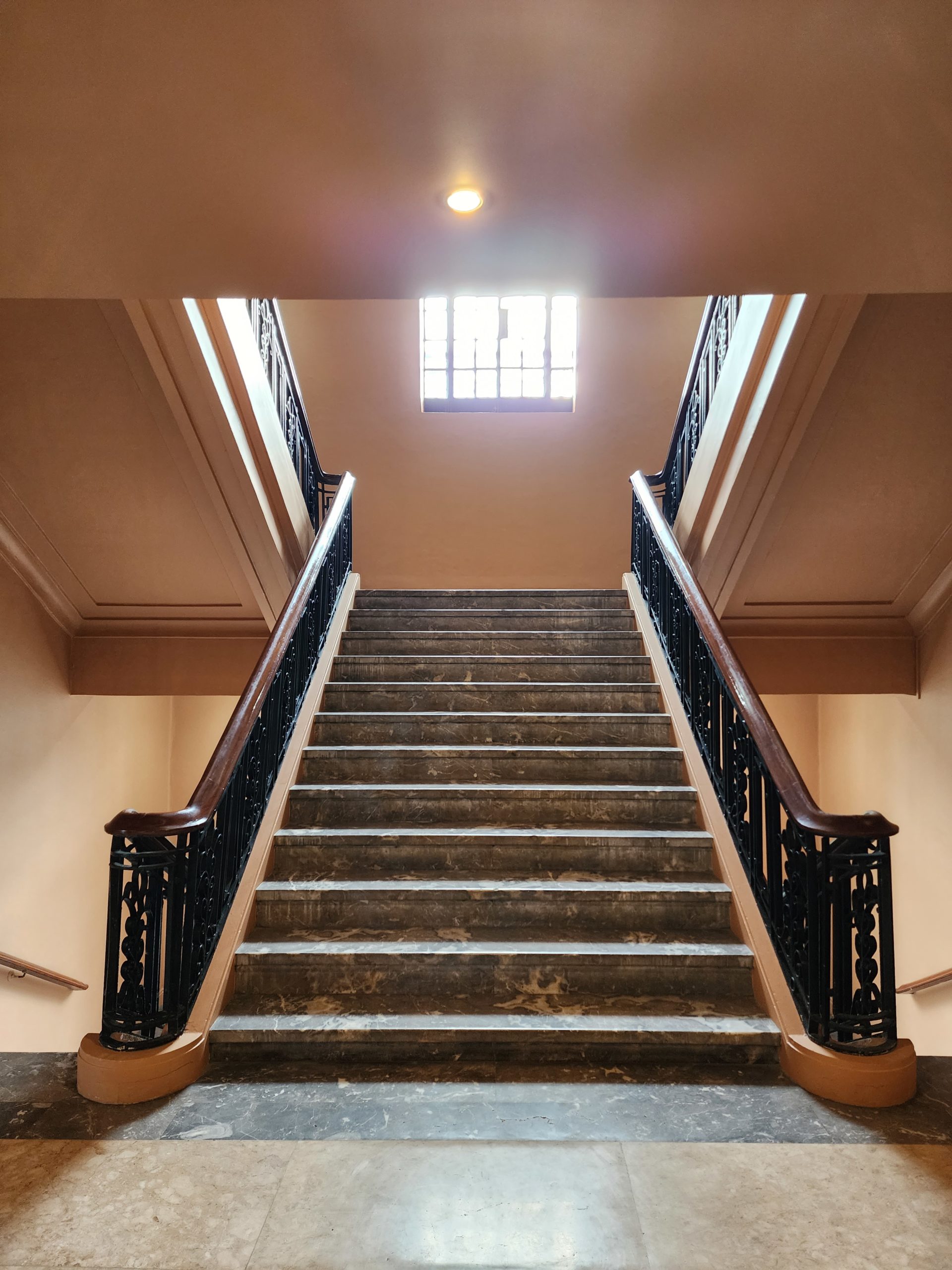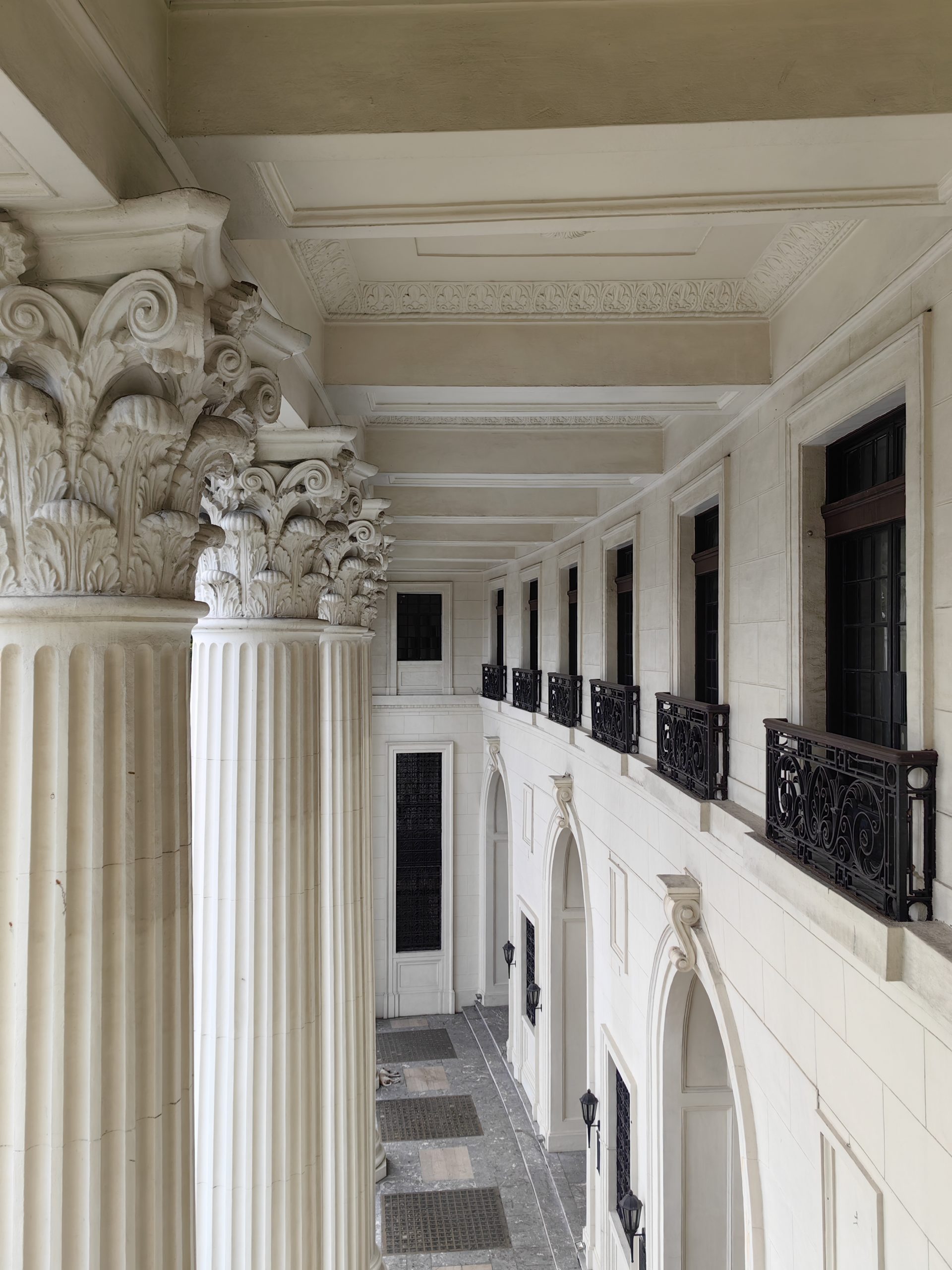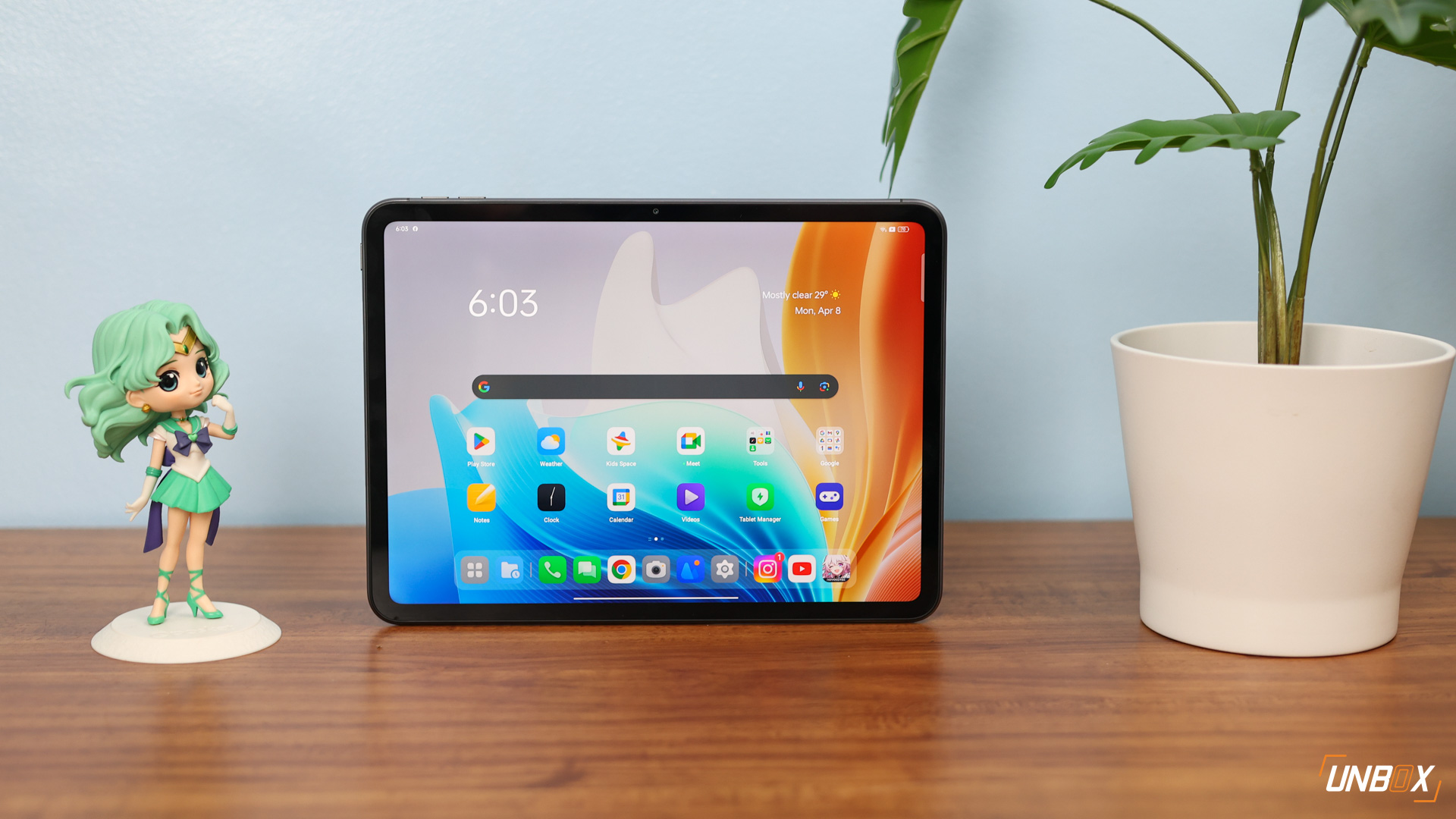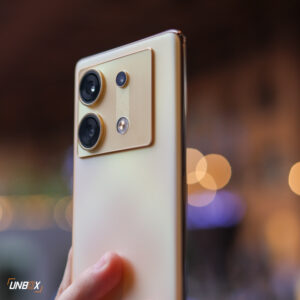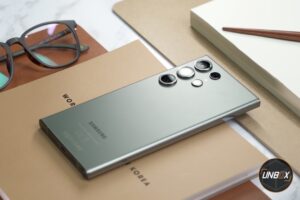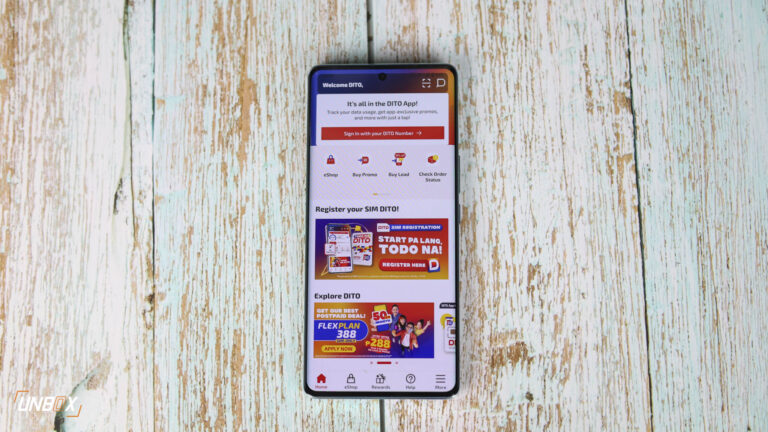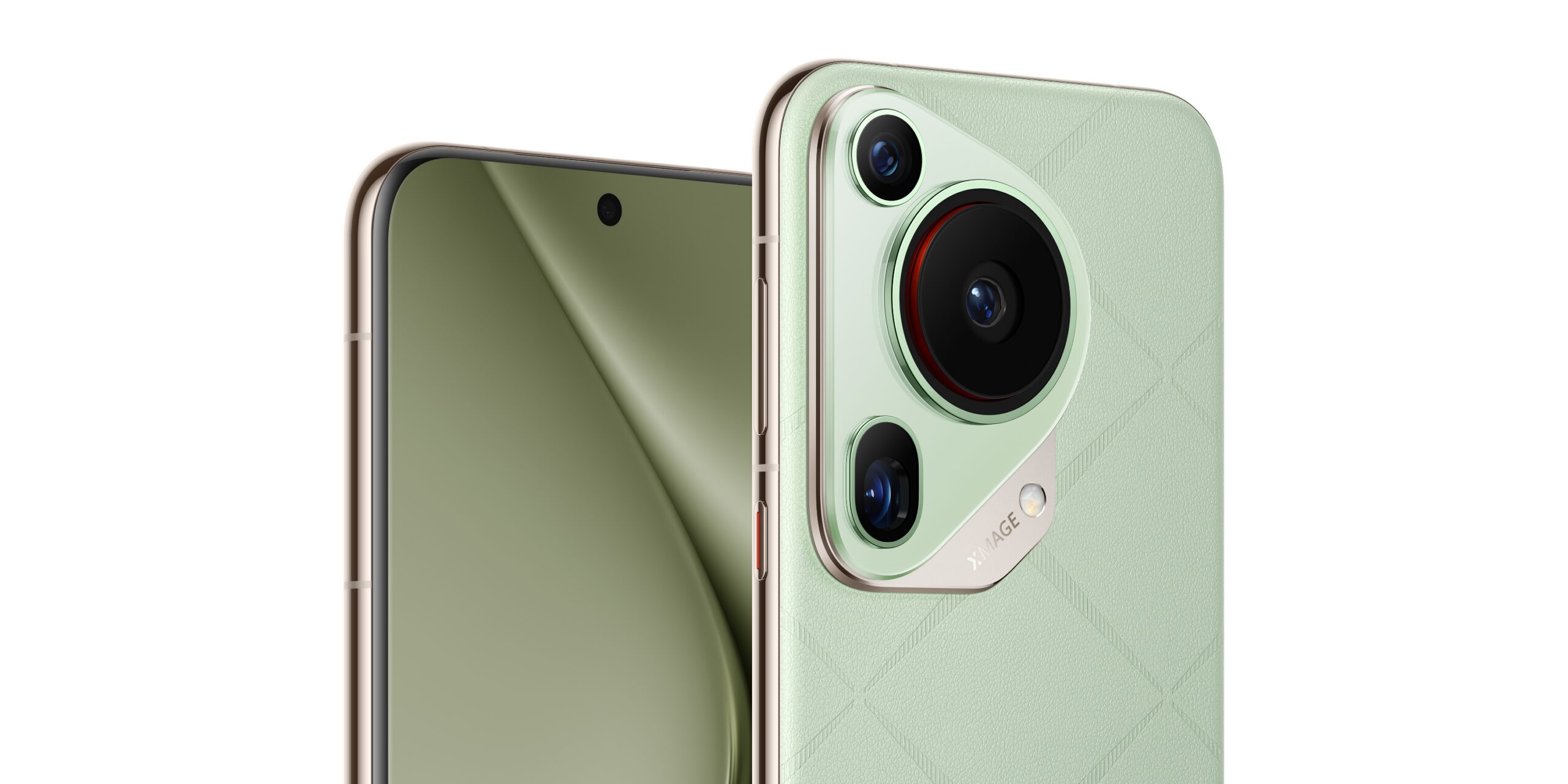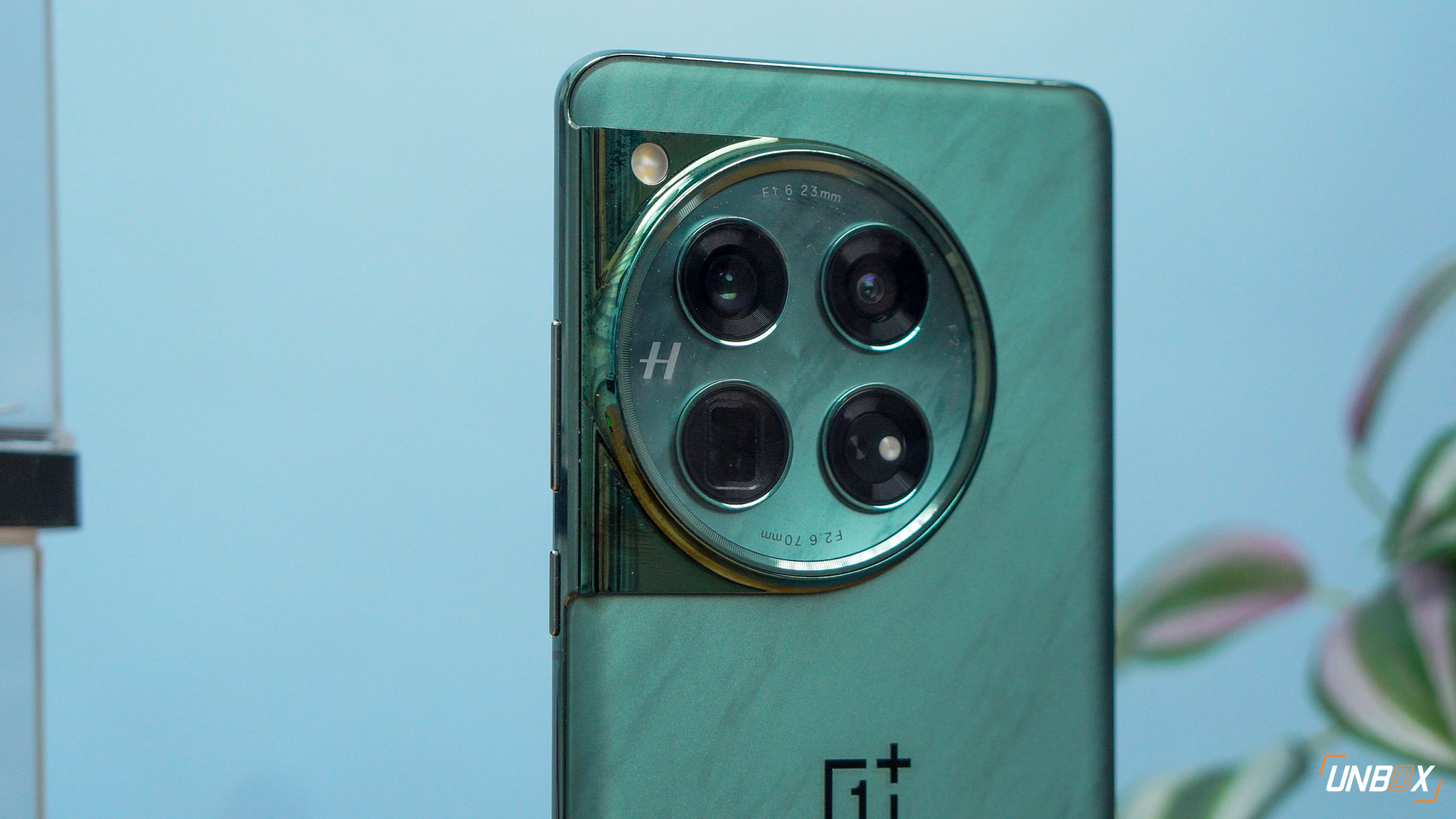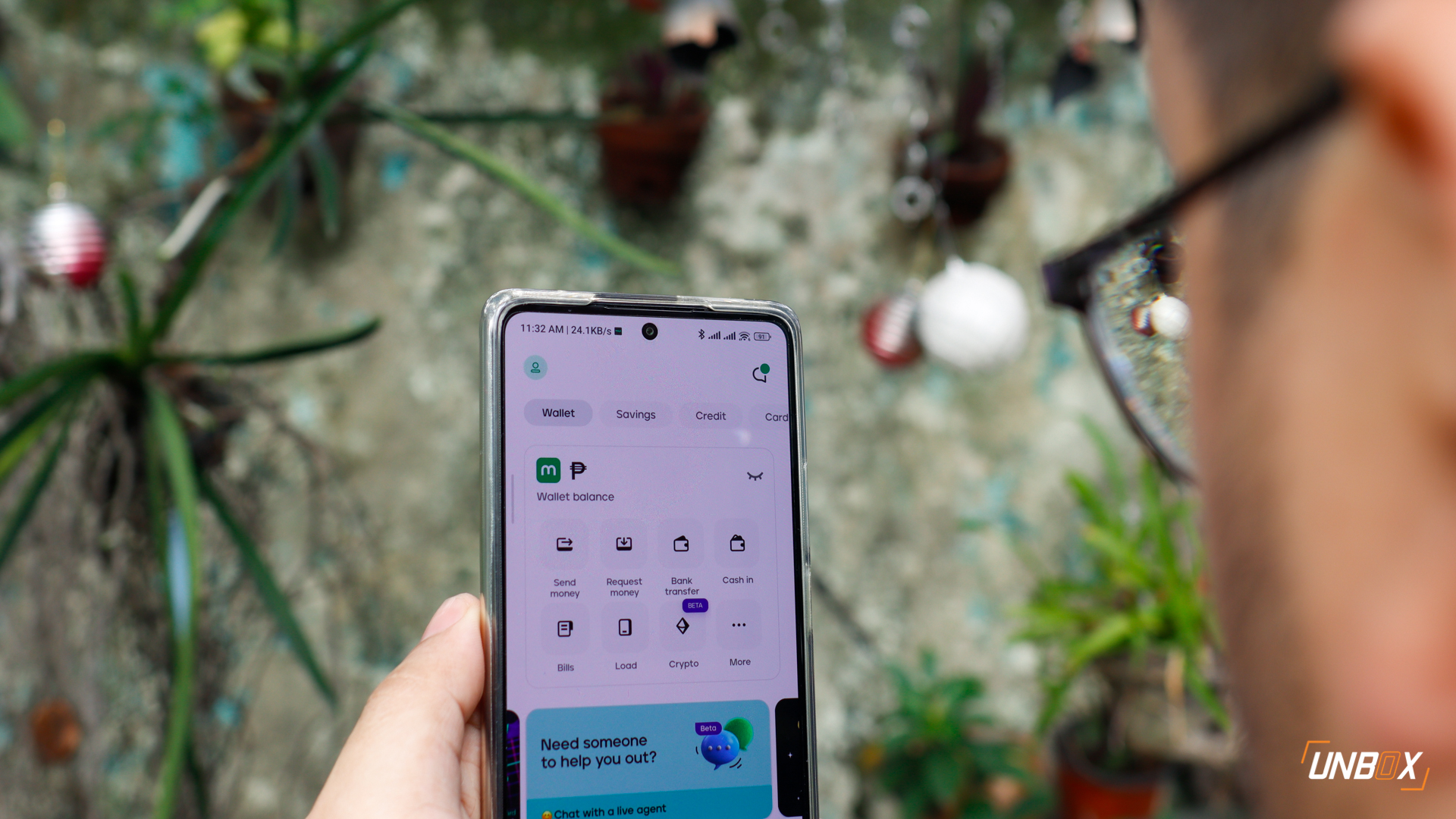After two years of waiting, we finally get a new Mate series phone from Huawei. And the wait was worth it – the Mate 50 Pro’s camera performance is the best we’ve seen from a smartphone so far this year. Today we’re going to be pitting the Mate 50 Pro against two flagship heavy-hitters that are competing with it to become your next flagship phone. How do the Huawei Mate 50 Pro’s snappers compare to the Samsung Galaxy S22 and the iPhone 14 Pro?
Before we start with the comparison, let’s take a quick look at the phones that we’re featuring in this head-to-head:

Huawei Mate 50 Pro
The Huawei Mate 50 Pro is the first flagship phone from the company post-Leica and is the first Mate-branded phone that’s landed in our country in over two years. The top-of-the-line variant has incredibly tough Kunlun glass protection on the front, a stylish vegan leather rear, and incredibly capable cameras (that we’ll dive into later). It’s a thoroughbred through and through and is powered by the best processor around.

Samsung Galaxy S22 Ultra
The Galaxy S22 Ultra is probably the oldest smartphone in this comparison, though despite that it’s still a formidable shooter. It has all the hallmarks of a flagship phone – quad cameras, curved screen, and steep price.

Apple iPhone 14 Pro
The iPhone 14 Pro is Apple’s latest and greatest, and comes packing an Apple A16 Bionic chip, along with a triple-camera setup and a 3D-Lidar camera. The consensus is that the cameras on the iPhone 14 Pro is the best that the Cupertino company has every produced, and today we’re going to put that to the test.
Cameras and technology
Alright before we start taking a look at pictures, it’s important to know what cameras and technologies we’re dealing with all three phones. First off, the Mate 50 Pro. Huawei’s latest flagship comes packing their own XMAGE Imaging Tech, the first phone to contain the new technology.
It also has a variable aperture tech that allows the phone to vary the opening of the aperture (up to ten stops) from f/1.4 to f/4.0, making for convincing bokeh effects and unsurpassed image quality when taking portrait and close-up photos.
This variable aperture tech is present on the main camera, which has a 50-megapixel sensor (1/1.56? Sony IMX766, 1.0µm) with a Quad-Bayer RYYB color filter and a stabilized 24mm lens. Other cameras include an ultra-wide camera that has a 13-megapixel sensor with an f/2.2 aperture, as well as a 3.5x optical zoom capable 64-megapixel OmniVision OV64B sensor with optical image stabilization and a fixed f/3.5 aperture. A 10-channel multispectral sensor rounds out the cameras.
The Galaxy S22 Ultra’s camera suite is a little dated, with the phone packing a 108MP wide-angle camera, a 12MP ultra-wide, and two 10MP telephoto cams; with one going up to 3x optical zoom, while the other goes all the way to 10x. Samsung’s been playing safe as far as cameras go on their flagships, and while the images taken by the S22 Ultra are good, the phone has failed to crack DxOMark’s top 10 list as far as image quality goes.
The iPhone 14 Pro meanwhile has a tri-camera setup: a 48-megapixel f/1.8 ultra-wide sensor with dual pixel PDAF and sensor-shift OIS, 12-megapixel telephoto sensor with OIS and 3x optical zoom, as well as a 12-megapixel ultra-wide sensor snapper with a f/2.2 aperture. Apple’s smartphones have always been good shooters, though we’ll see how it stacks up to the Huawei Mate 50 Pro in terms of image quality.
Test methodology
To make things fair for everyone, all the phones will be set in the auto while shooting unless specified in the test. None of the images were edited in any way, and all were taken straight from the camera. Shots were all taken from the same spot – you will see some slight differences in framing because of the differences in focal length, but trust us when we say these were all taken exactly at the same spot.
OK, with that out of the way, let’s take a look at the photos:
Night shots
We’re starting off with night shots, which is where Huawei has traditionally performed the strongest. The Mate 50 Pro pulls off the best-looking shot here, with the resulting photo looking absolutely breathtaking in comparison to either the iPhone 14 Pro or the Samsung S22 Ultra. The extremely large f/1.4 aperture opening really allowed the equally sizable 1/1.56? Sony IMX766 sensor to collect more light than its competitors.
The iPhone 14 Pro’s shot looks the worst of it, as colors look muted and there’s barely any illumination of the couple in the center of the frame. The S22 Ultra looks a little better, but it’s evident that the phone’s software is introducing a heck of a lot of noise to bump up the lighting in the image.
There are slight differences in the framing of this shot because of the awkwardness of our shooting, but since we’re concentrating on the lights and how they light up the leaves of the trees behind it, it’s not that big of a deal. In any case, you can see how fuller, sharper and more vibrant the lights hanging off the trees are VS the competition. The Samsung S22 Ultra is struggling to keep the noise down here just like in the previous photo, and the iPhone 14 Pro just looks meh.
Backlight and dynamic range
Backlit shots are a common thing that phones, not just flagship ones, deal with on a daily basis. To begin, we’re going to take a look at a typical shot that most people take – multiple subjects in a shaded area against a strong backlight.
Like the night shots before it, the Samsung S22 Ultra struggled a bit here, with its camera introducing quite a bunch of noise on the left of the frame. The highlights are also quite blown out in the tiles on the brightly-lit portion of the photo.
The iPhone 14 Pro goes in the opposite direction and is a little darker in the foreground to preserve the highlights in the background.
The Mate 50 Pro manages to pull off a good mix of keeping the foreground well-lit while preserving the details of the background.
Here’s an extreme test of backlight and dynamic range. Just compare the detail preserved in the Mate 50 Pro’s shot in the window VS the shots of the iPhone 14 Pro and the Samsung S22 Ultra. The Mate 50 Pro is the only phone that managed to preserve the detail in the window – both the iPhone 14 Pro and the S22 Ultra have those details blown out.
General image quality
All three phones in this comparison are top-end flagships, so it’s really not surprising that image quality for general shots looks absolutely fantastic. There are some subtle differences here though, and it mostly boils down to how warm, or how cool, you like your photos to be.
Personally, the warmer tones of the Huawei Mate 50 Pro are a bit close to the reality of what we shot in the National Museum, especially in the installations where there were a lot of wooden panels showing.
In areas where there was low light, the Mate 50 Pro excelled, which isn’t surprising. In this shot with uneven lighting, the Mate 50 Pro managed to perform the best out of the three. It managed to replicate the way the neon art installation threw light around the staircase perfectly, in contrast to the iPhone 14 Pro (wherein the neon lights look too oversharpened) while the Samsung S22 Ultra looked a bit out of focus. In fact, we noticed that the S22 Ultra has some focus issues in general.
Portrait mode
One of the main advantages of the Mate 50 Pro that its competitors simply can’t match is its variable aperture system. The Mate 50 Pro can vary its aperture opening from F/1.4 to F/4.0 with about ten stops in between the two. The biggest benefit there is that the Mate 50 Pro can produce natural-looking bokeh that genuinely looks like it was taken from something like say, a DSLR when shooting in portrait mode, unlike the synthetic bokeh produced by software and AI trickery that’s used by other smartphones.
This shot perfectly illustrates this. At first glance, the bokeh on the photo produced by the Mate 50 Pro doesn’t look as rich as the ones produced by its competitors, but that’s because that’s what it’s supposed to look like. That over-exaggerated bokeh that you see on both the iPhone 14 Pro and S22 Ultra are the result of overly-aggressive software, software that’s not perfect if you look closely enough.
Notice the wire that attaches the foot of the wooden Spidey and the rest of the art installation – even with the best ToF sensor, the iPhone 14 Pro can’t detect that it’s on the same focal plane, so it blurs the middle of the wire along with the rest of the background. That’s essentially what’s happening with the S22 Ultra too.
The performance vs other flagships aside, the Mate 50 Pro’s variable aperture really does bring something to the table that neither the iPhone 14 Pro or the Galaxy S22 Ultra can match, and its the ability to produce natural-looking bokeh by simply switching to a lower aperture setting is pretty unique for the phone. Just take a look at that picture above of Lea, taken with the aperture wide open (F/1.4) and the aperture closed (F/4.0).
Zoom
All three phones have substantial zoom capabilities thanks to great glass and OIS but as with the other points we’ve talked about earlier, the proof is in the photos.
We’ve limited the zoom for all three phones to their natural optical zoom capabilities as much as possible, though as they’re made by different manufacturers the amount of zoom isn’t the same for all three. The Mate 50 Pro tops out at 3.5x optical zoom, while the iPhone 14 Pro tops out at 3x. Interestingly the S22 Ultra has two telephoto lenses (one goes up to 10x and the other 3x) though we’re only using the 3x for this test to make things fair.
Of the three you’re getting quite a bit more quality and detail from the Mate 50 Pro, with far more natural colors.
You’re also getting photos with less obvious noise suppression when you’re shooting zoomed-in low-light settings as well.
The Mate 50 Pro has overall the most natural-looking images shot with optical zoom cameras, which is something that any photographer worth his salt would prefer.
Conclusions and verdict:
We knew that the Huawei Mate 50 Pro was a beast of a smartphone when it comes to photography, but this head-to-head proves just how much of a lead it has over its peers.
The Mate 50 Pro wins in almost every category in terms of performance, from nighttime shots to general image quality to zoom and portrait mode.
Huawei’s investments in R&D for its camera hardware and software have really paid off with the Mate 50 Pro, and if you’re the type that prioritizes camera performance above all else, it’s the phone that you need to buy.


